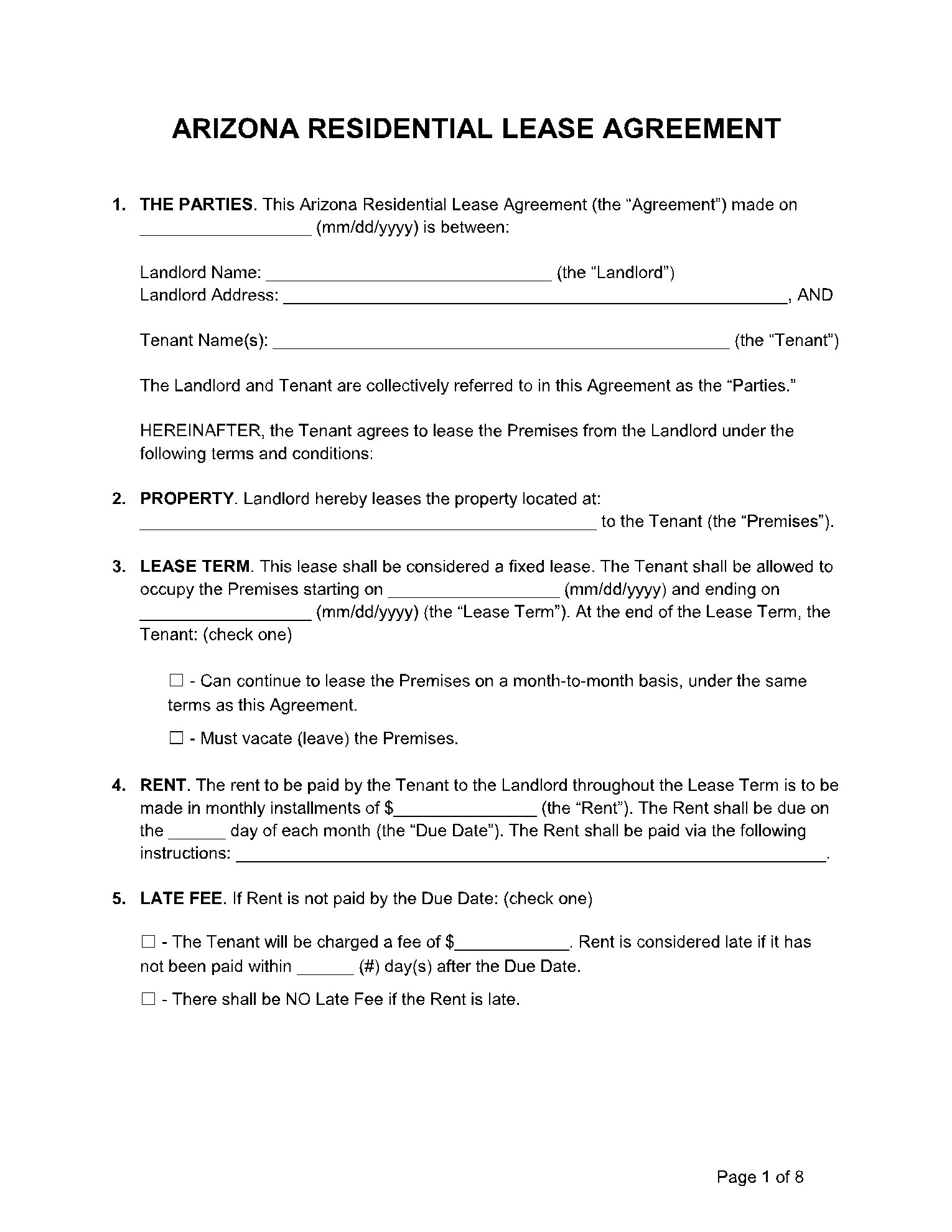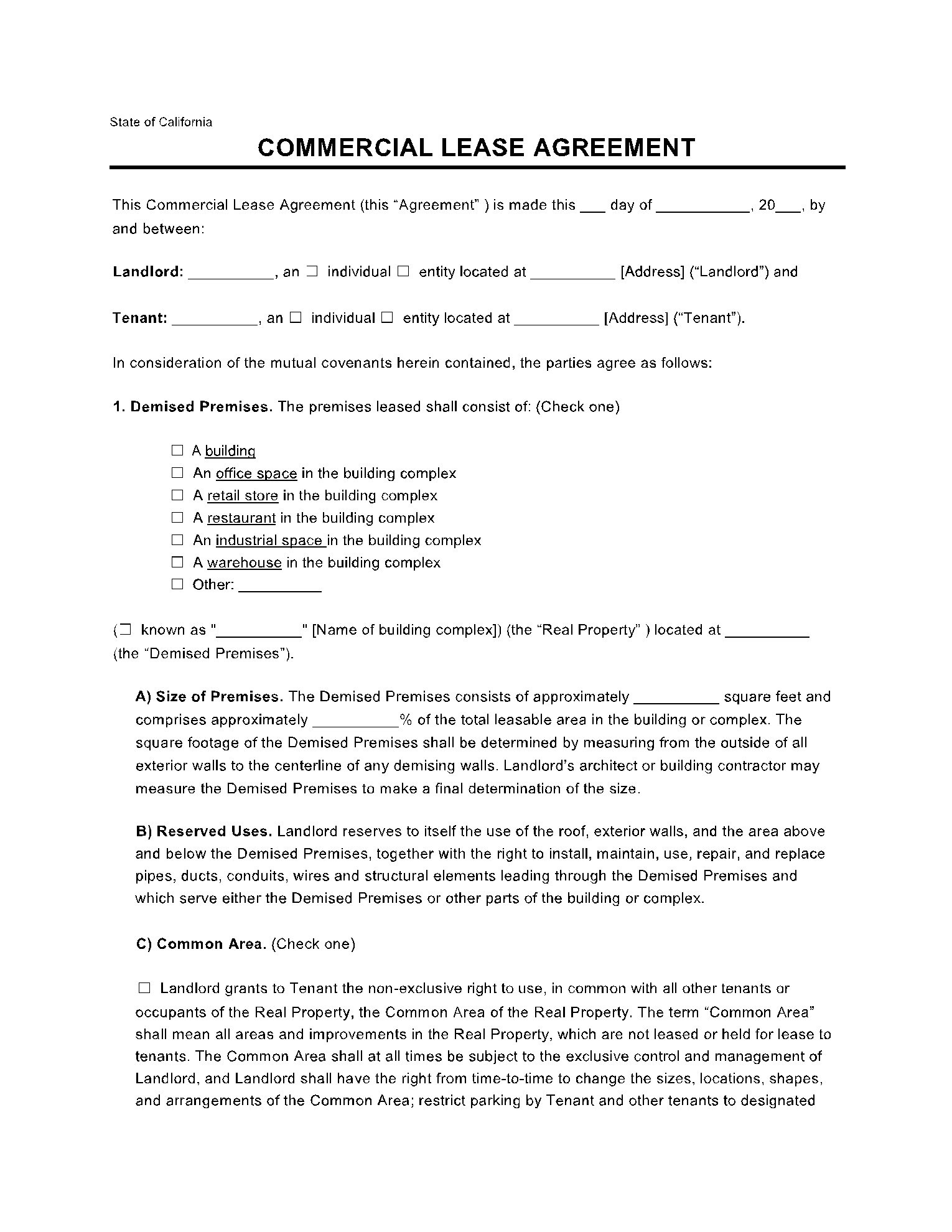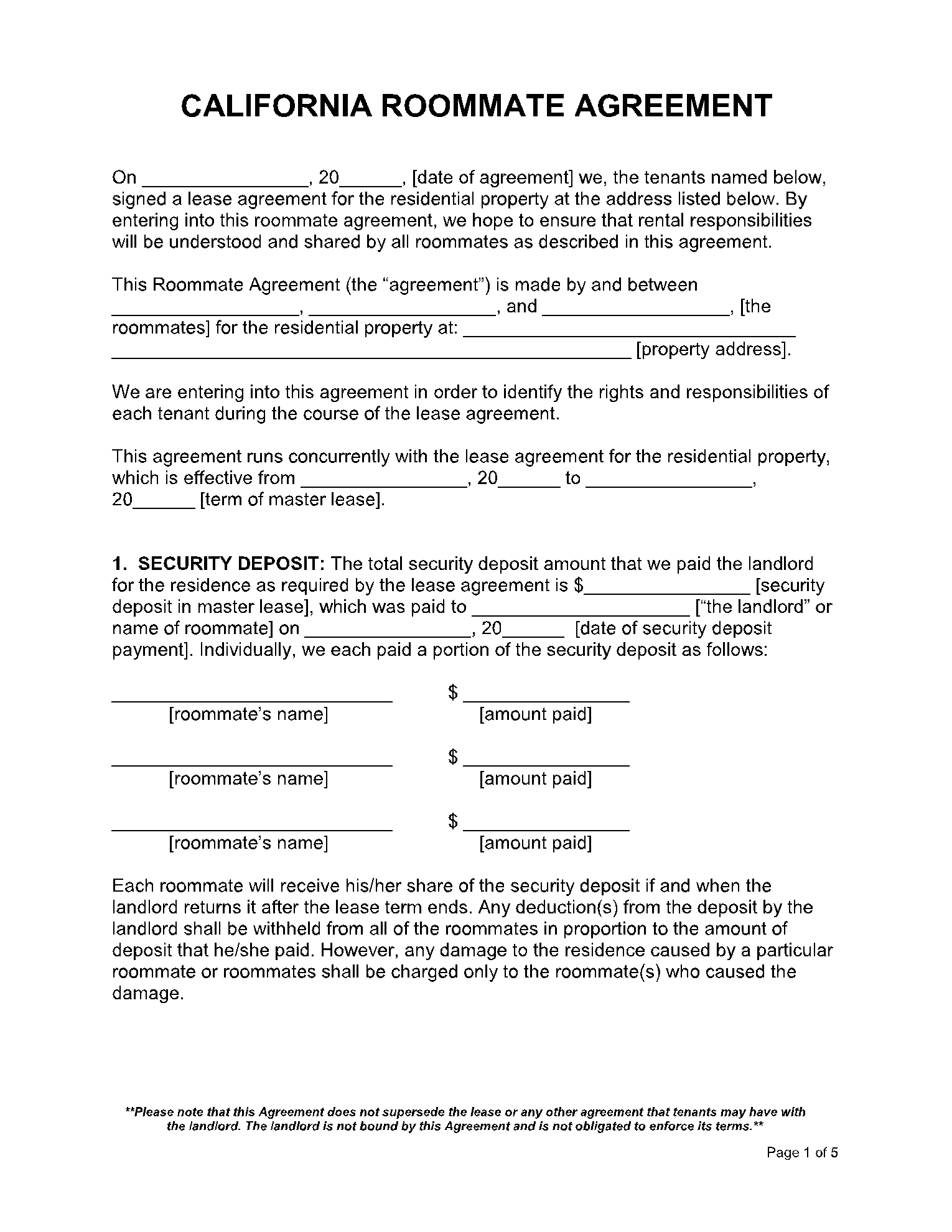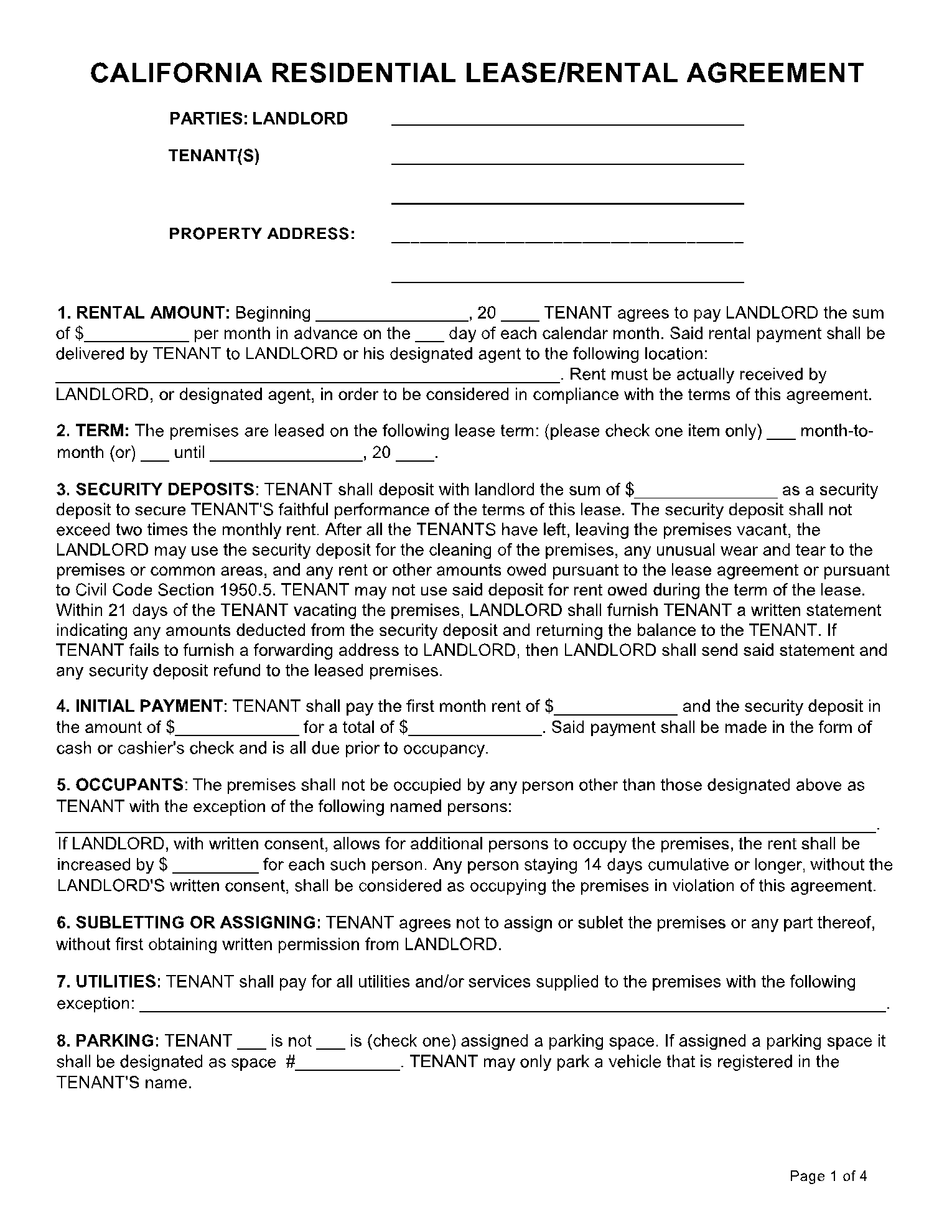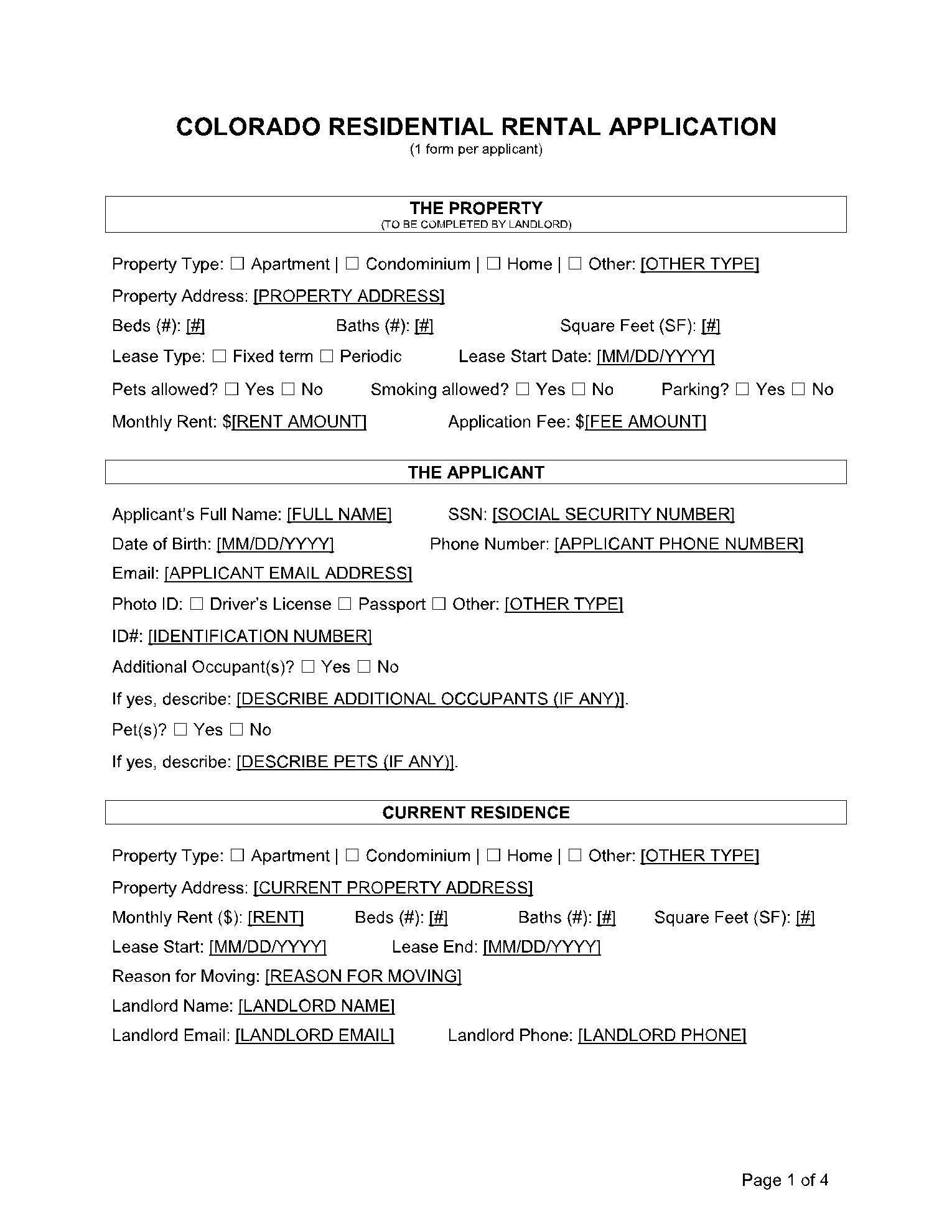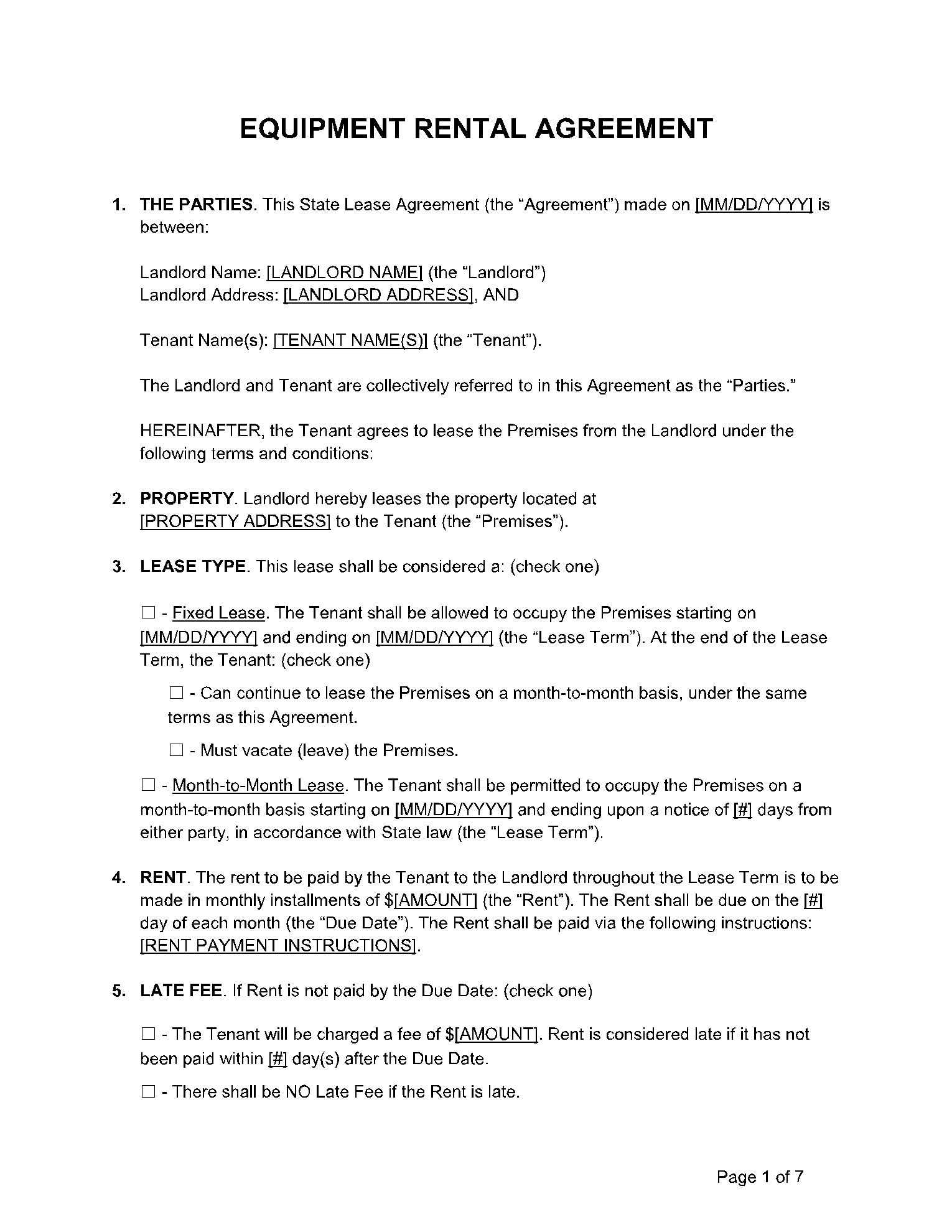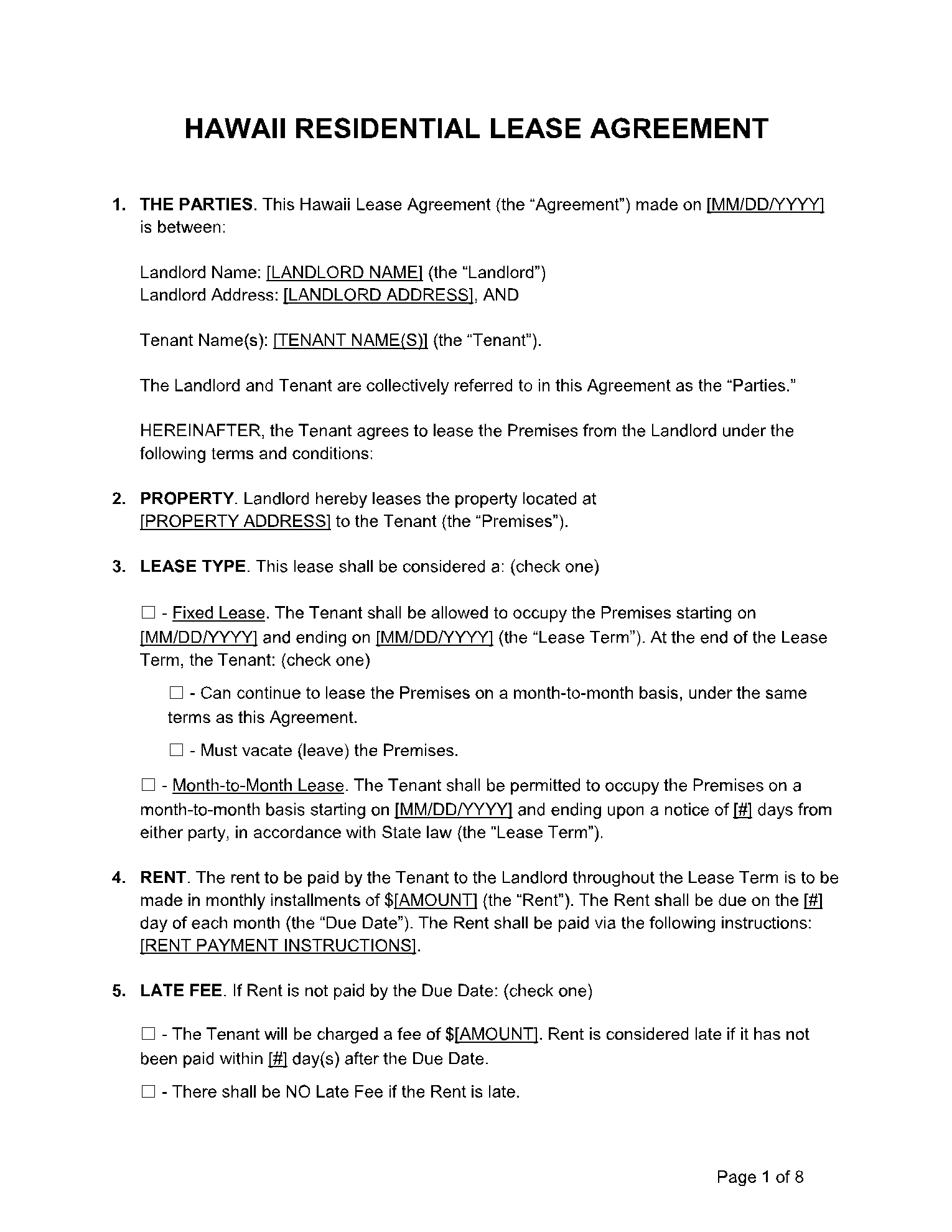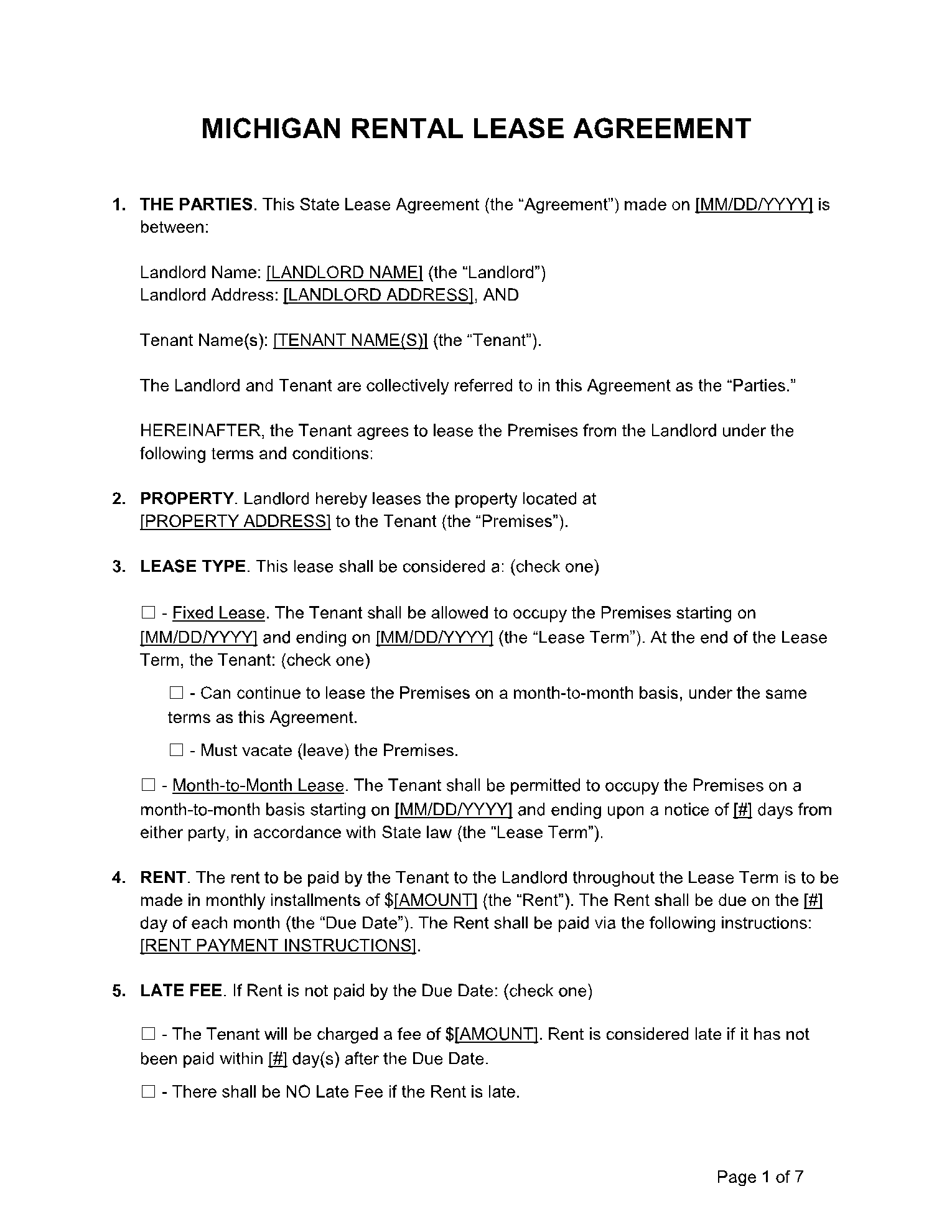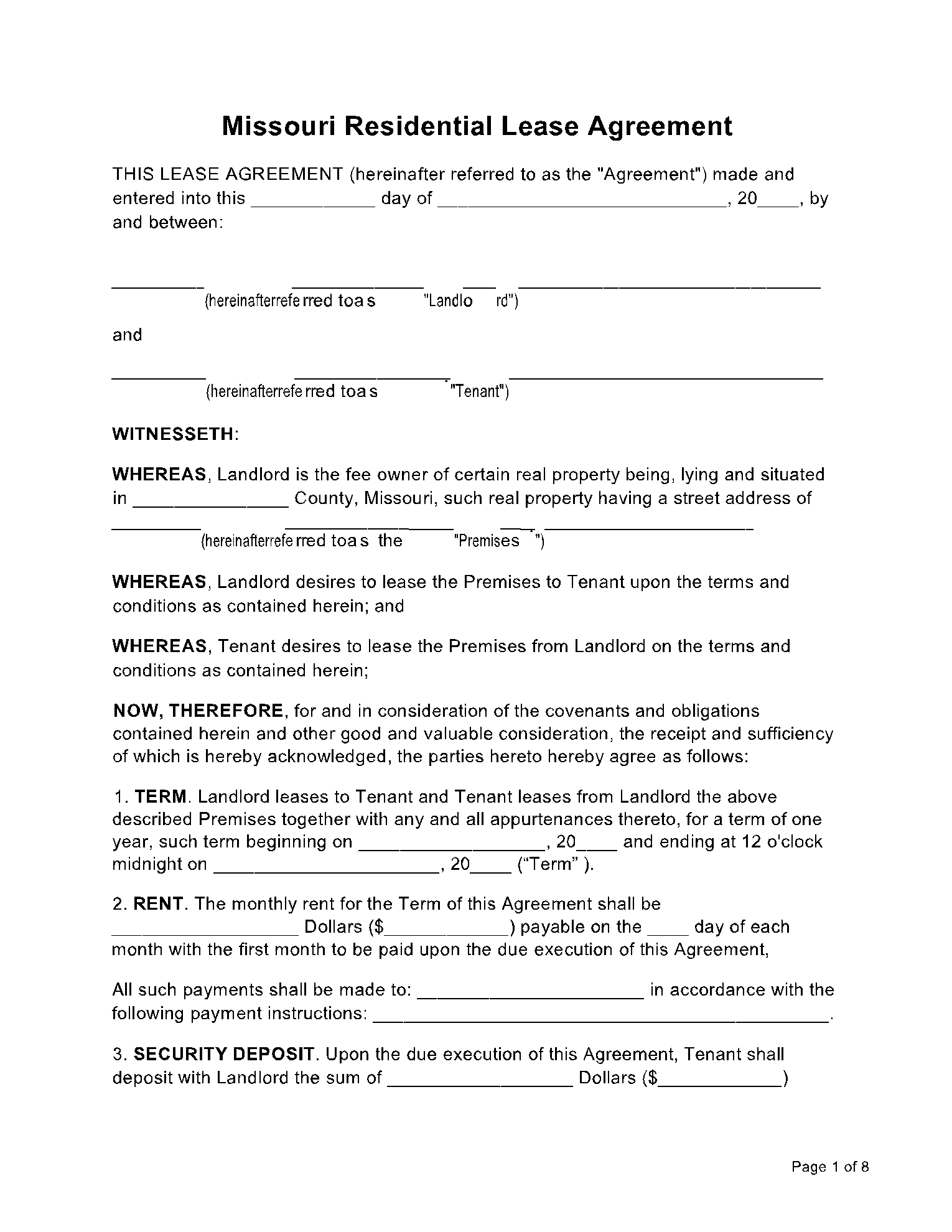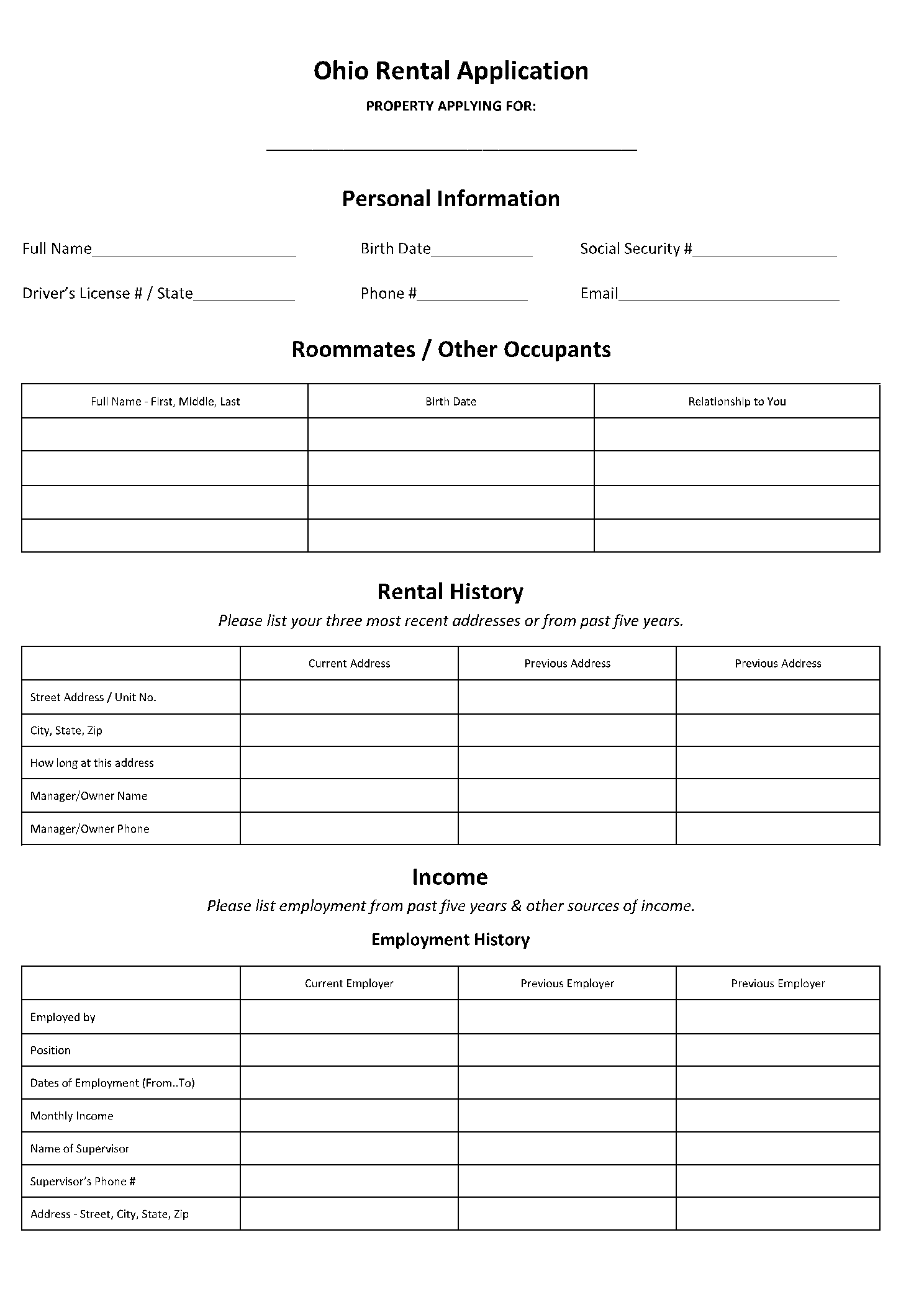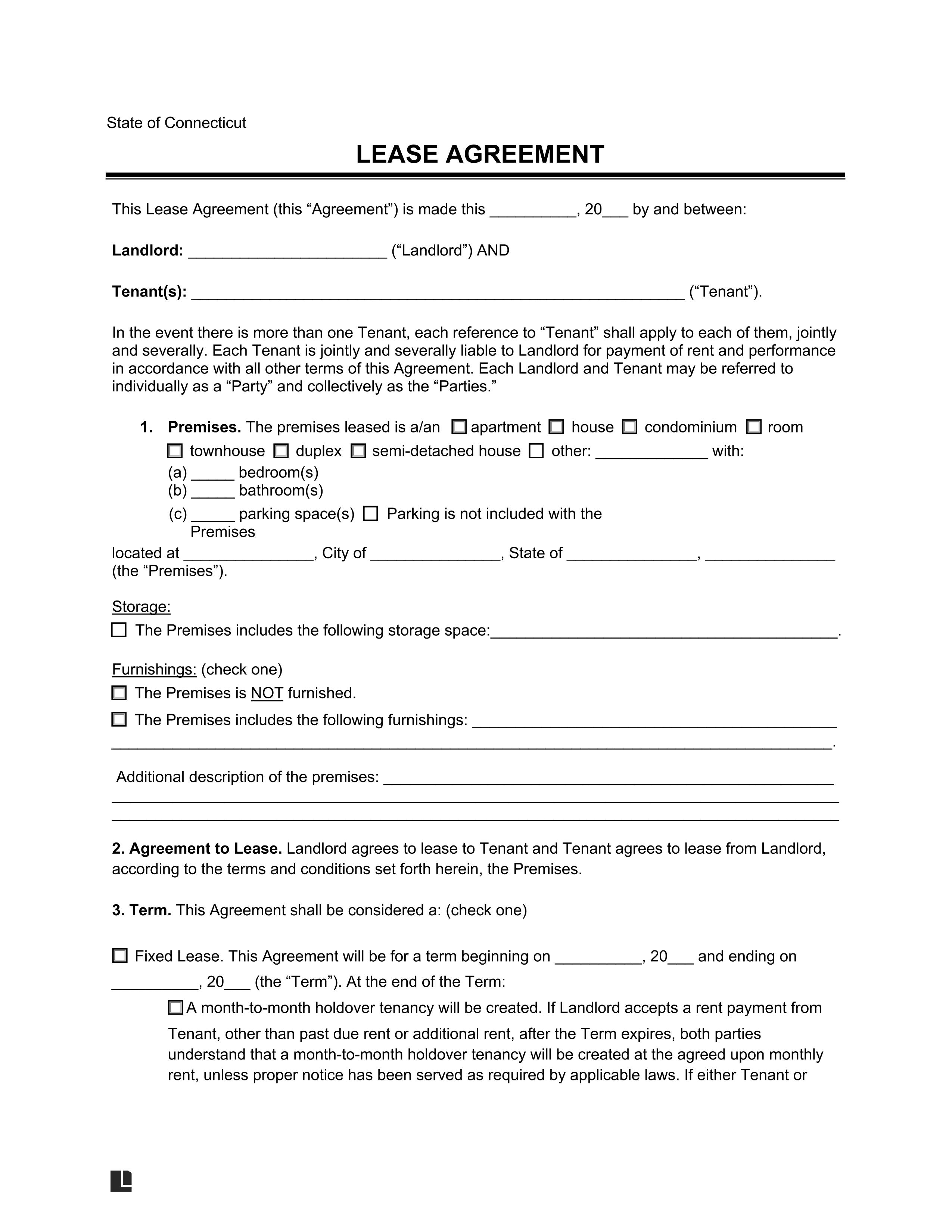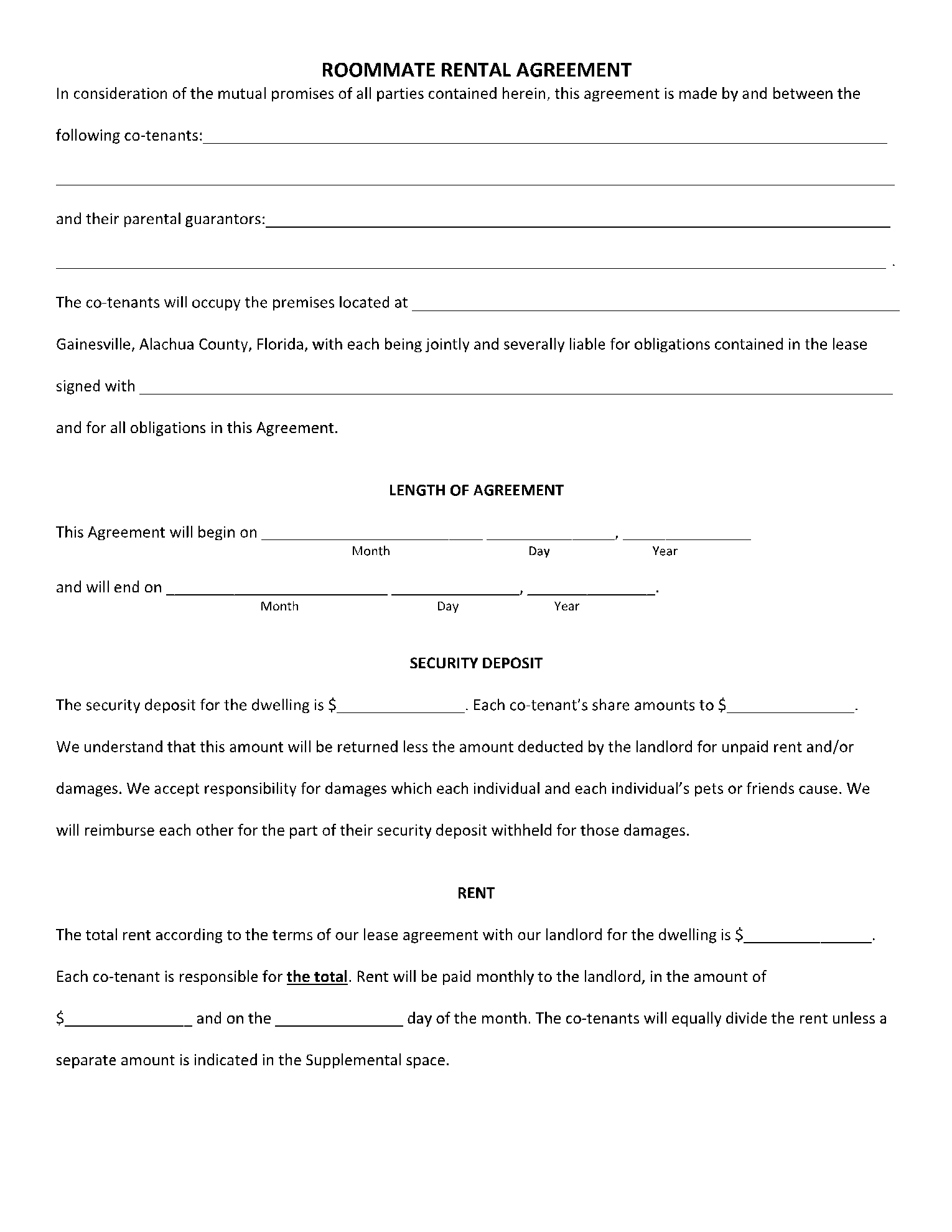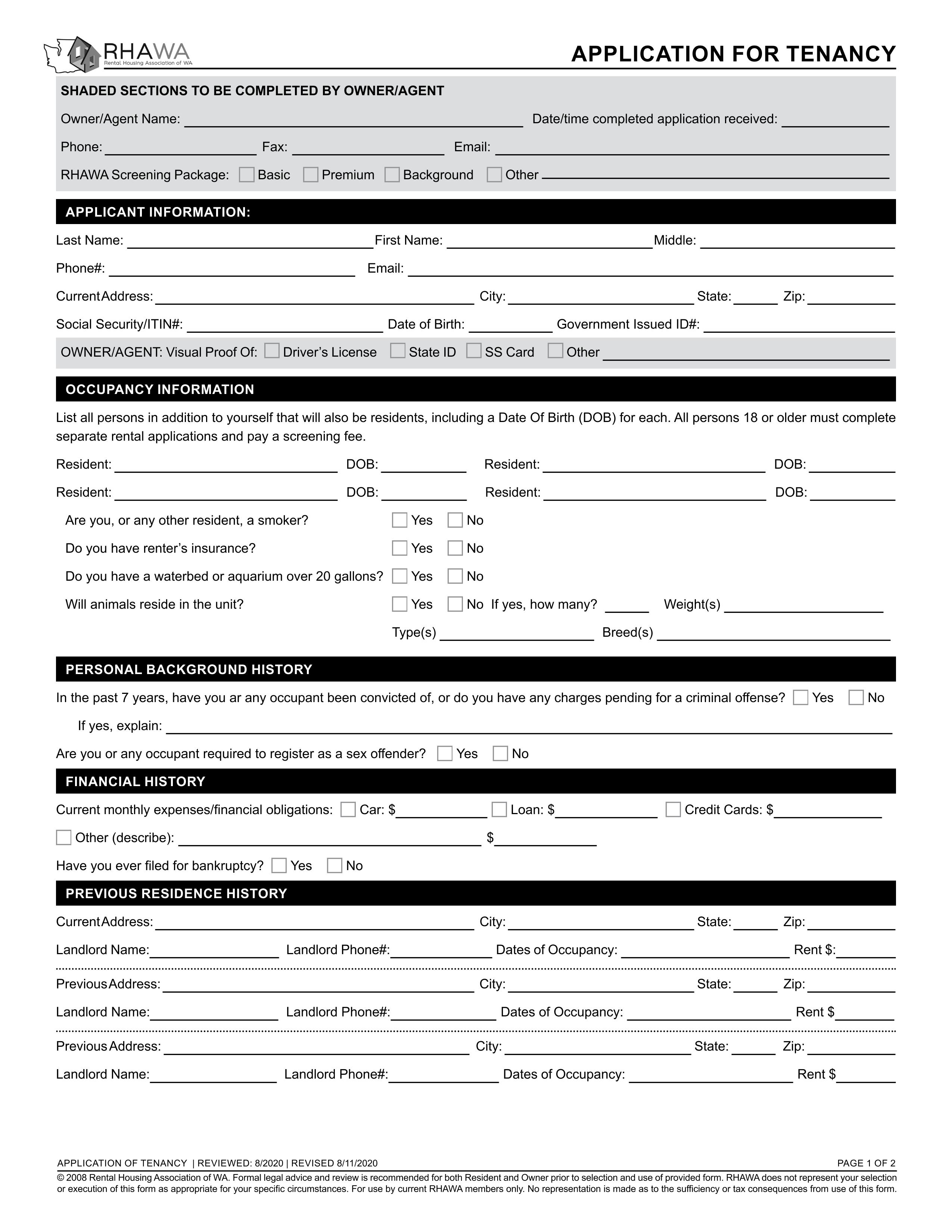Rental agreement and lease agreement forms are not difficult to use or handle. You can draft these in a few minutes using a rental agreement template and lease agreement template online. This article is an exhaustive exposé on the contents of rental and lease agreement forms. It discusses what they are about, the differences between both documents and what details they must cover.
What Is a Rental and Lease Agreement Used for?
A lease is a contract between a tenant and a landlord. This contract gives the tenant the right to occupy such property over a 6-12 months rental period. Lease agreements capture the expectations of both the landlord and the tenant. This ensures that the interests of both parties are protected. Every decision to be made by the landlord or tenant concerning such property is based on the agreement. Even if you are not so knowledgeable about drafting legal documents such as these, you can take advantage of the printable lease agreement or lease agreement pdf available online.
A rental agreement is like a lease agreement on many fronts. However, a telling difference will be that a rental agreement is for shorter contracts. It is usually binding on a month-to-month duration and subject to renewal at the end of each month or more as the case may be. This type of agreement is also known as a rental lease agreement. You can find a free printable basic rental agreement pdf online that can be used as a guide to prepare an agreement of this nature (CocoDoc allows you to edit pdf online). You can also download a rental agreement pdf to learn more about this document.
Must-Have Elements of a Rental and Lease Agreement
Some elements must be captured in either of these agreements. Even if you wish to use a free rental agreement or free lease agreement sourced online, you must check for these elements.
A typical rental agreement must contain:
A detailed description of the property
This includes the unit or apartment number, street and city names. It also covers all details that make the property unique.
Lease duration
Specifying a duration for the lease is not enough. A starting date and an ending date are important, also a time for vacating, say 5 pm or so.
Renewal Terms
If the ability to renew is given to the tenant, it should be specifically captured.
Rent fee and security deposits
The amount involved in these payments must be properly documented.
Use, occupancy and sublet agreements
It is not good to assume that a residential building should be used for that purpose. If other purposes can be permitted, it must be stated.
Your rights of entry and inspection
In a case where repairs need to be done by the landlord, how it should be done must be stated.
Acceleration of rents
Conditions that can lead to rent acceleration must be documented.
A waiver of notices
This shifts the responsibility of knowing due dates for any payment to tenants.
Rental Agreement vs. Lease Agreement
A rental agreement or a lease agreement is a necessary document that must be completed before a property is rented out. These agreements are a bit similar but they are not the same. It is good that we spot their differences and how they apply for serving different purposes.
Here are some striking differences between the two:
- The length of the lease and the amount to be paid are documented and cannot be altered. The rental agreement is a short term rental contract. It is usually run on a month to month basis. The amount to be paid is subject to increase at the end of each month.
- The lease agreement is binding within the period specified after which it is either renewed or truncated. The rent agreement runs on a month to month schedule.
- The terms of an old lease cannot be renewed by the landlord. In a rent agreement, either the landlord or the tenant change the terms of the agreement once it expires.
- In a lease agreement the landlord has no right to send the tenant packing as long as the agreement is still running. In a rent agreement, the landlord can increase rent or send the tenant packing.
Why Do You Need a Rental and Lease Agreement?
These documents are important as they help to convey our expectations to the owner of a property we plan to occupy.
Once there is an existing agreement backed up by law, the tenant's interests are protected against any form of cruelty intended.
It provides a legal ground upon which any of the parties involved can be sued in case of any breach of the agreement. Disputes can easily be avoided or handled once there is a documented item that addresses them.
Boundaries are set with these agreements. Ownership is being subjected to the terms of the agreement. Even though the landlord owns the property, he doesn't have an exclusive right to a unit or apartment that he has rented out.
When it comes to payment, it makes it easier for the landlord to get his money without having to clench his fist to exchange blows since the tenant is aware of his financial commitment and when it is expected.
The need for these agreements cannot be overemphasized. Therefore, it shouldn’t be swept under the rug seeing that it helps to maintain the smooth running of affairs.

